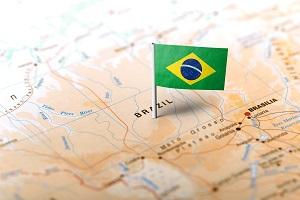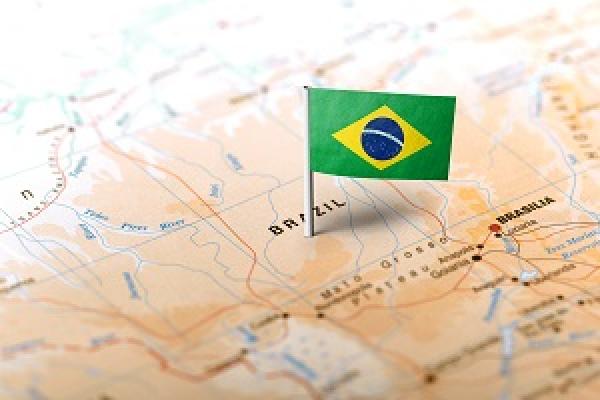
Steamship Mutual
Published: January 28, 2020

Representacoes Proinde, Club correspondents in Brazil, have produced a useful and detailed Guide to cargo claims in Brazil. Mr Ricardo Martins, Managing Director at Proinde explained as follows:
“The world’s fifth largest and fifth most-populous country, Brazil is one of the leading producers and a top exporter of a host of mineral and agricultural commodities, in addition to animal protein and manufactured products. More than 90% of the country’s foreign trade flows through a hundred ports and terminals spread across 7,500 kilometres of coastline along the Atlantic Ocean.
In recent years, Brazilian ports have handled over one billion tonnes of seaborne cargo every year, with about 80% of this volume shipped abroad, mainly to China, the EU, the USA and Mercosur. Despite a large amount of freight carried by sea, the share of the Brazilian-owned fleet is marginal, with only 3% of national ships moving cargo in and out of the country.
Brazil is essentially a cargo-owning nation, and there has been little or no interest from the civil society and lawmakers over the years in getting the country to adopt global conventions on carriage of goods that afford a wide range of limitations and defences for the carrier. Instead, Brazil applies its domestic statutes which, in contrast, offer fewer immunities to the sea carriers.
In most jurisdictions claims concerning cargo liabilities are dealt with according to a long-established and well-known set of rules where factual circumstances determine the outcome of a dispute; conversely, handling cargo claims in Brazil can be a complicated task due to the intricate legal framework involved and some uncertainty that permeates specific issues of law.
The Brazilian judicial system is known for its inefficiency and slowness, with disputes taking years to reach a final judgment after a plethora of appeals. Claim indexation that adds substantial adjustment for inflation and interest are also deterrent for those seeking to resolve claims before Brazilian courts. On the other hand, a recently enacted civil procedural law and amendments to the legislation established binding precedent mechanisms and fostered the adoption of alternative dispute resolution methods; nonetheless, litigation remains a costly and time-consuming exercise, still feared by foreign carriers and insurers who are unfamiliar with the vagaries of Brazil’s legal system and might find it difficult to reasonably assess the risk involved before deciding how to respond to a claim.
Based on our practical experience of almost half a century dealing with various types of cargo claims, and in response to questions frequently asked by our clients, we prepared the attached guide to provide an overview of the applicable cargo liability regime, contracts, time bars, exclusions and limitations, processing of claims through court proceedings, ADR and arbitration, as well as procedures for claim settlement and release.
While this guide is not a substitute for legal advice, we hope it will be a useful source of reference and practical information for our clients and associates, from whom we invite comments and suggestions for corrections and improvements. We will endeavour to keep an updated copy of this publication available for free download on the Proinde website."
Readers of this article on the Steamship website or mobile App can access Proinde’s Guide here: https://proinde.com.br/wp-content/uploads/2020/01/PROINDE-Cargo-claims-in-Brazil-Practical-Guidance-21-01-2020.pdf
Our thanks to Proinde for producing this document.


